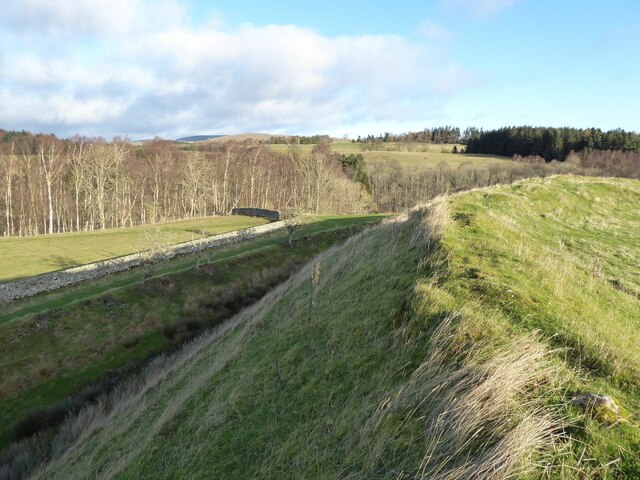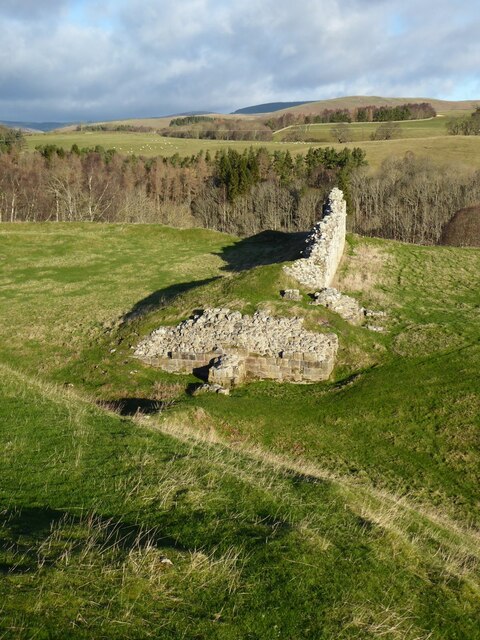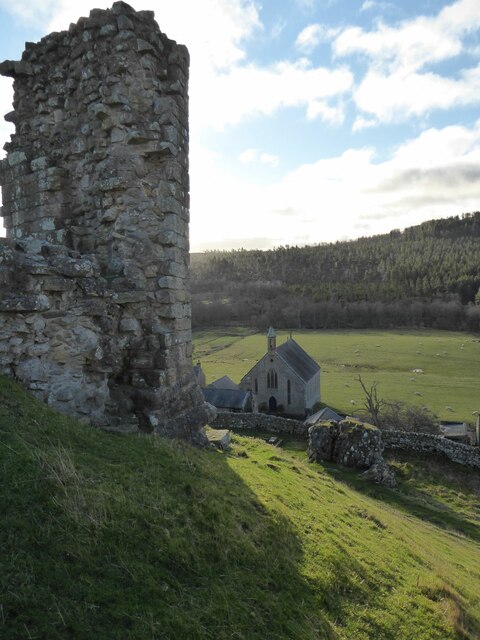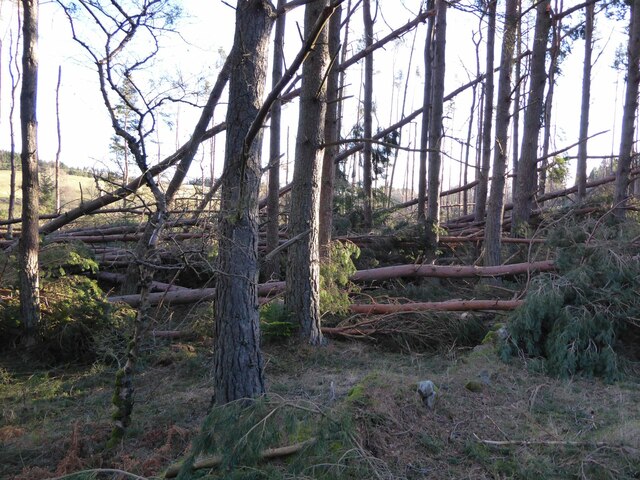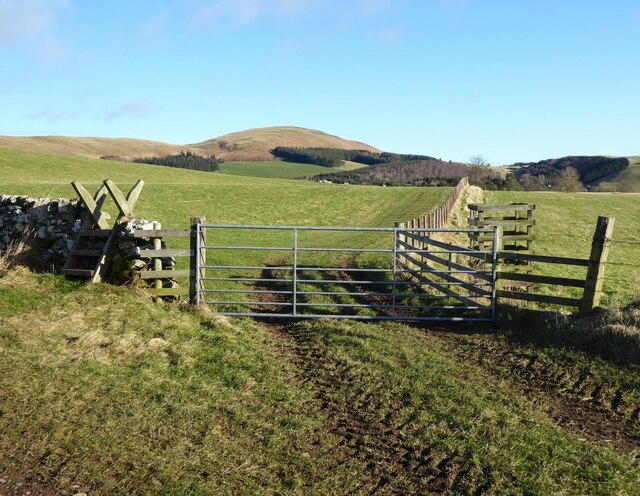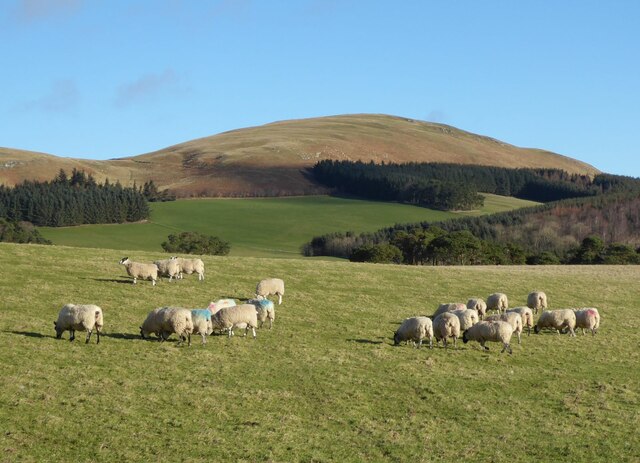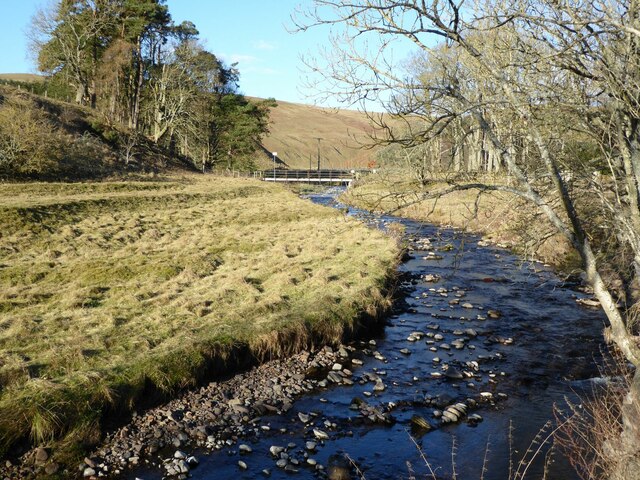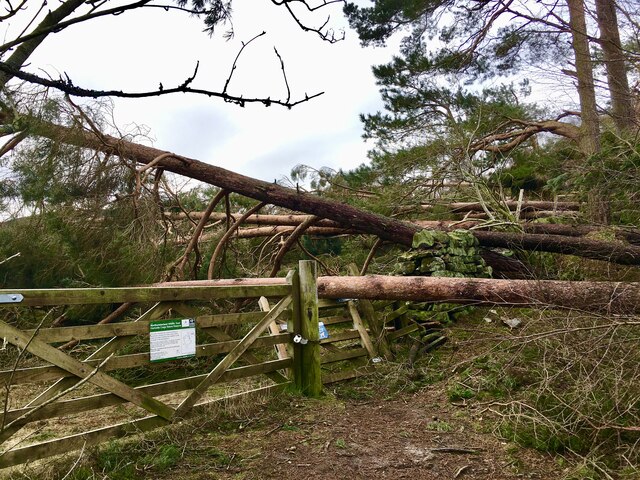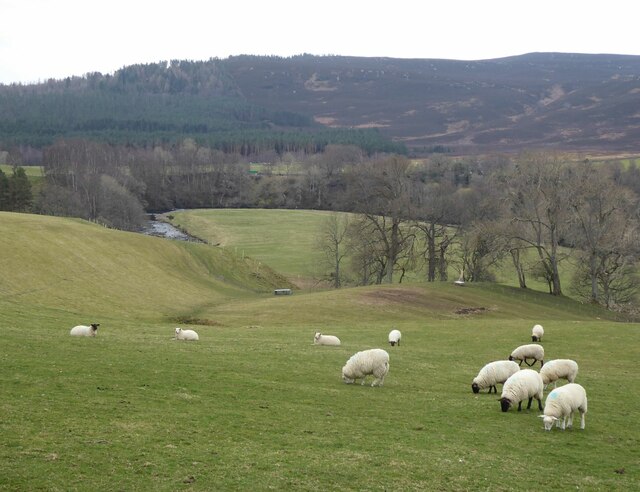Wellington Howe Plantation
Wood, Forest in Northumberland
England
Wellington Howe Plantation
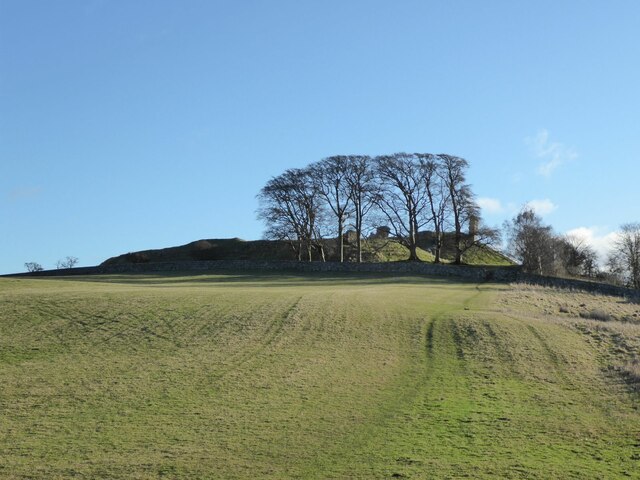
Wellington Howe Plantation, located in Northumberland County, Virginia, is a historic plantation that encompasses acres of beautiful woodlands and forests. This idyllic property showcases the natural beauty of the region and provides a glimpse into the area's rich history.
The plantation takes its name from Wellington Howe, an early settler who acquired the land in the 18th century. The property has been passed down through generations and has remained in the Howe family for over two centuries. Today, it serves as a private estate, offering a peaceful retreat for its owners.
The plantation is characterized by its expansive forests, which are a mix of hardwood and pine trees. These wooded areas provide habitat for a diverse array of wildlife, making it a haven for nature enthusiasts and birdwatchers. The tranquil atmosphere lends itself to leisurely walks and hikes, allowing visitors to immerse themselves in the natural surroundings.
In addition to the forests, Wellington Howe Plantation features well-maintained gardens and manicured lawns. These areas provide a picturesque setting for outdoor events and gatherings. The plantation also includes a historic manor house, which has been meticulously preserved and showcases the architectural style of the era.
Overall, Wellington Howe Plantation in Northumberland County offers a serene escape from the hustle and bustle of city life. Its lush forests, beautiful gardens, and historical significance make it a truly remarkable destination for those seeking natural beauty and a glimpse into the region's past.
If you have any feedback on the listing, please let us know in the comments section below.
Wellington Howe Plantation Images
Images are sourced within 2km of 55.349453/-2.0975539 or Grid Reference NT9306. Thanks to Geograph Open Source API. All images are credited.
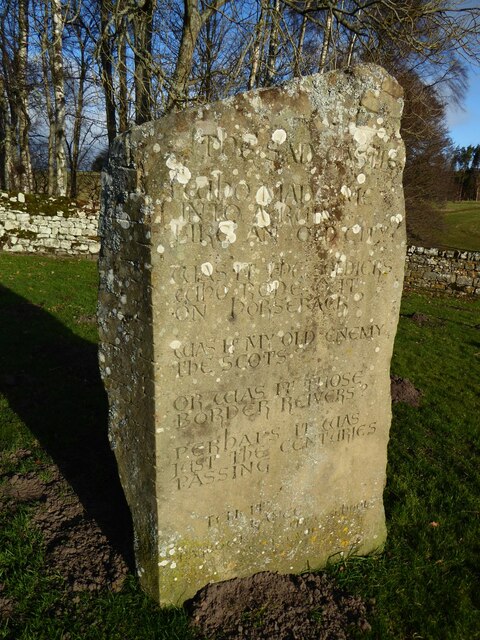
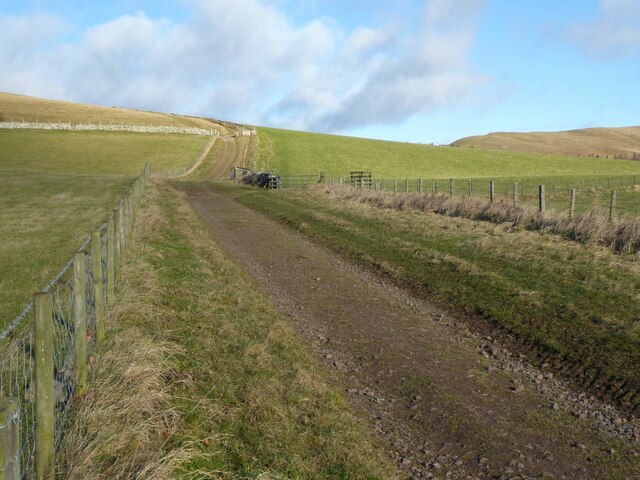
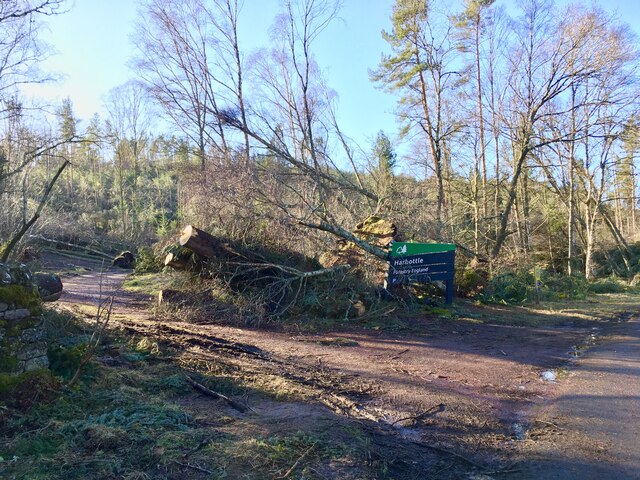
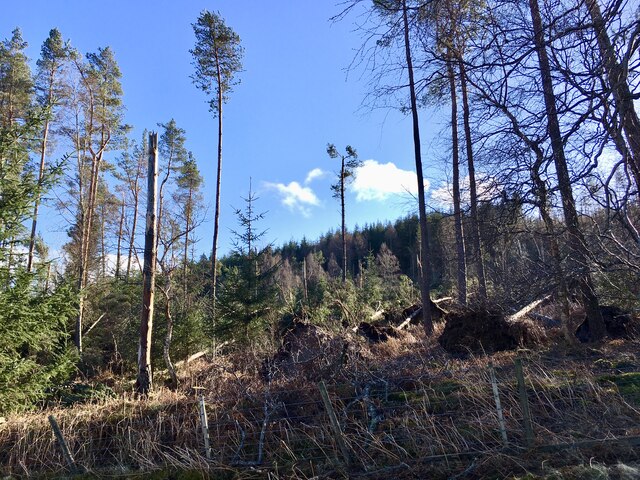
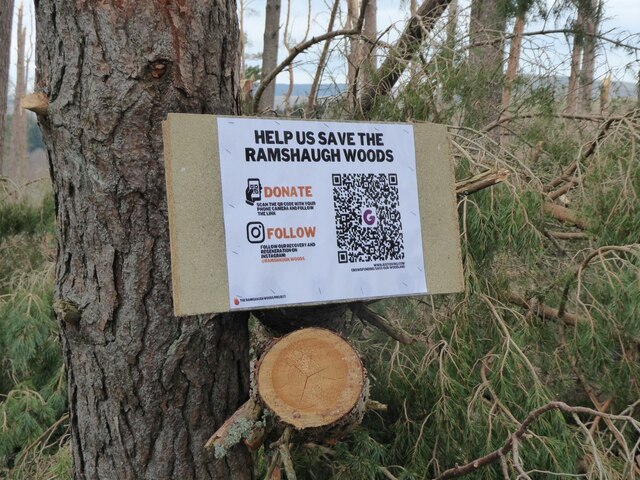
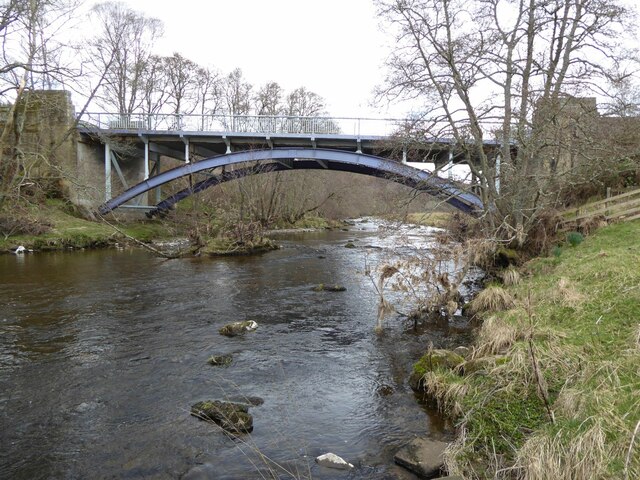
Wellington Howe Plantation is located at Grid Ref: NT9306 (Lat: 55.349453, Lng: -2.0975539)
Unitary Authority: Northumberland
Police Authority: Northumbria
What 3 Words
///various.coats.assembles. Near Rothbury, Northumberland
Nearby Locations
Related Wikis
Clennell Hall
Clennell Hall is an historic manor house, now operated as a country hotel, situated at Clennell, near Alwinton, Northumberland, England. It is a Grade...
Harbottle Castle
Harbottle Castle is a ruined medieval castle situated at the west end of the village of Harbottle, Northumberland, England, 9 miles (14 km) west-north...
Harbottle
Harbottle is a village and civil parish in Northumberland, England about 10 miles (16 km) south-east of the Scottish border, in the southeastern part of...
Alwinton
Alwinton (previously named "Allenton" and sometimes still referred to as this) is a village and former parish in Northumberland, England. Alwinton is named...
Nearby Amenities
Located within 500m of 55.349453,-2.0975539Have you been to Wellington Howe Plantation?
Leave your review of Wellington Howe Plantation below (or comments, questions and feedback).
